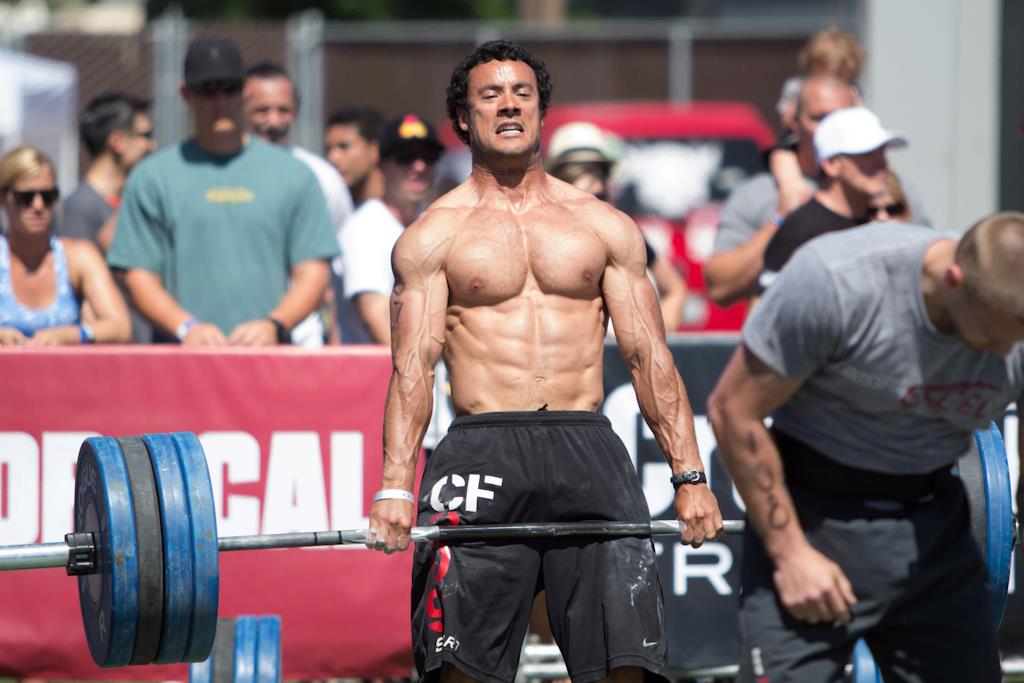A quick search on Google will reveal a plethora of conflicting and unclear articles and studies referencing between ½ to ⅔ your bodyweight in ounces daily as the preferred amount or the 8 glasses of water saying you probably heard growing up. A closer look at these articles shows they are including the liquids in your food and alternate beverages as part of this calculation, further complicating the issue.
So what are you to do? How can you make your decision about how much water you really should be drinking?
Not taking into account exercise, I have my clients start with ½ their bodyweight in ounces of pure water per day. This is separate from food and other beverages like tea and coffee. Sodas aren’t considered either because you shouldn’t be drinking those anyway. To make the math simple, if you weigh 100 pounds you would drink 50 ounces of water on top of all the food and other beverages you consume daily. If you weigh 200 pounds you would have 100 ounces.
The easiest way to keep track of this is to use a bottle you know the volume of to drink all of your water each day. After drinking 3 bottles that are 32 ounces each you know you’ve had 96 ounces of water. If you weigh 192 pounds you are good to go! If you drink “a lot†or “enough†water, that is not going to cut it.
There you have it in the simplest terms possible. With no exercise considered you need to drink ½ your bodyweight in ounces of pure water each day. See how you feel with this starting point and make adjustments as necessary. If this is a big increase for you, you’ll probably notice more frequent trips to the bathroom. Otherwise you should feel more alert, have better focus and more sustained energy throughout the day.
Sources:
1. Barry M. Popkin, Kristen E. D’Anci, Irwin H. Rosenberg
Nutr Rev. Author manuscript; available in PMC 2011 Aug 1.
Published in final edited form as: Nutr Rev. 2010 Aug; 68(8): 439–458. doi: 10.1111/j.1753-4887.2010.00304.x






